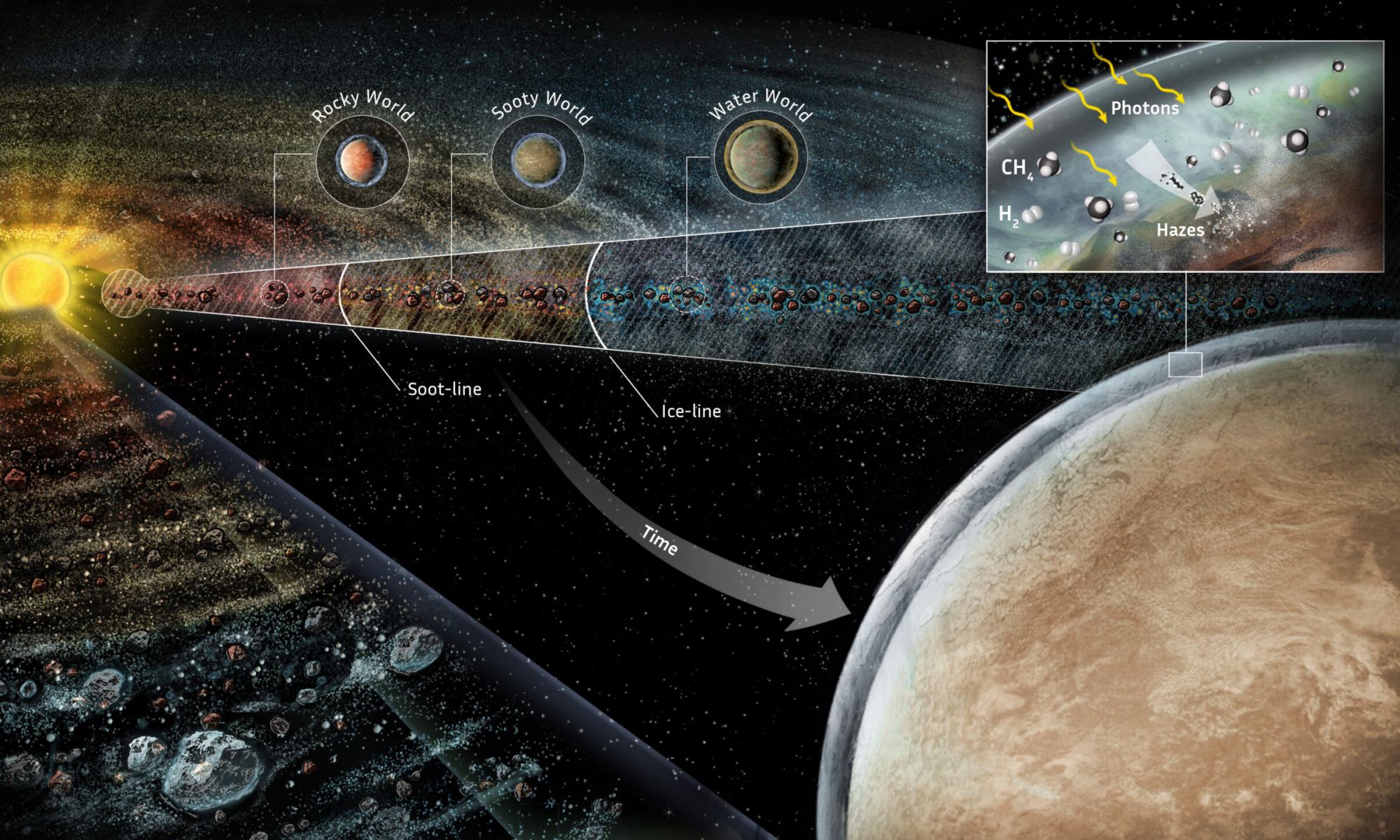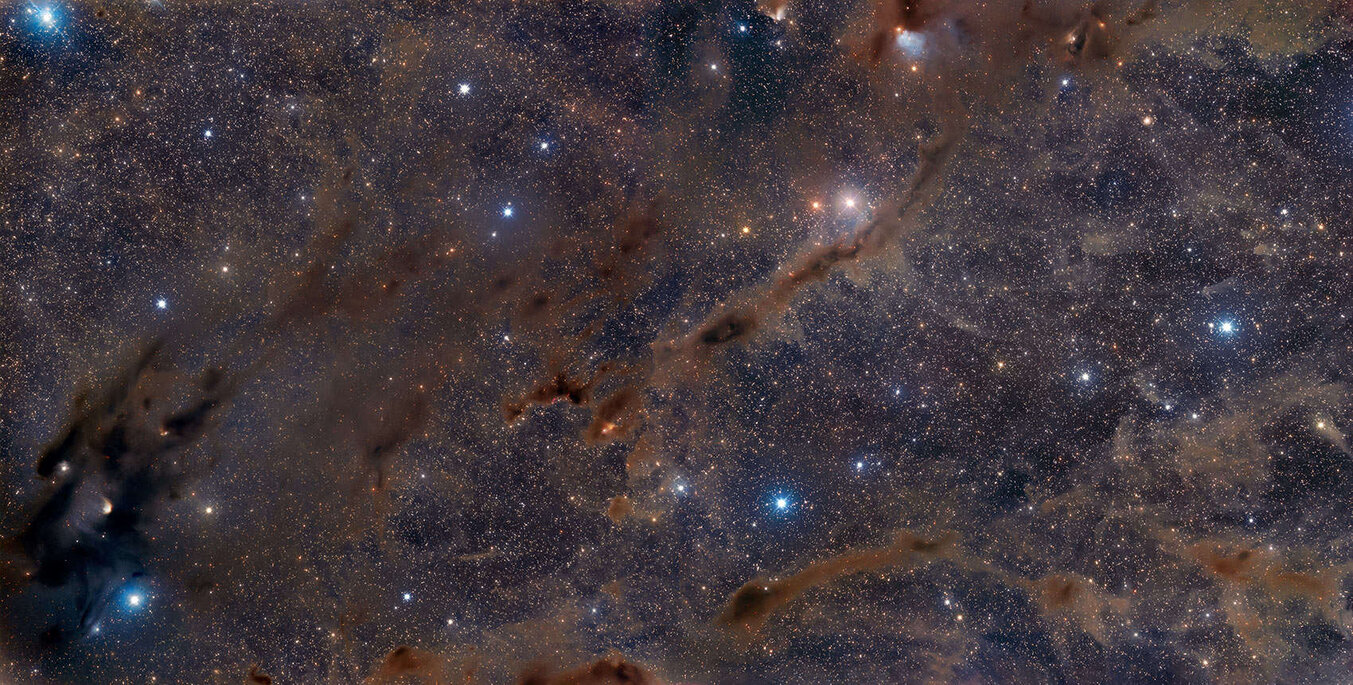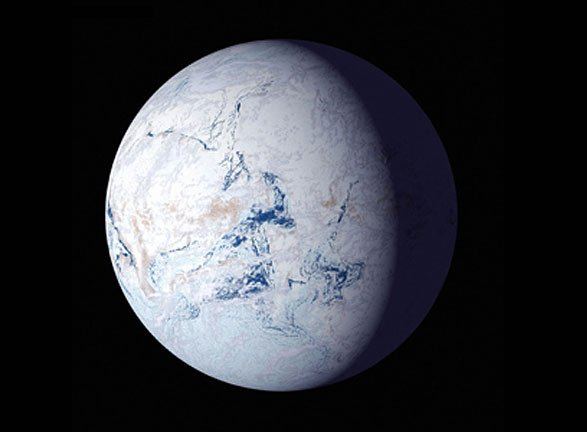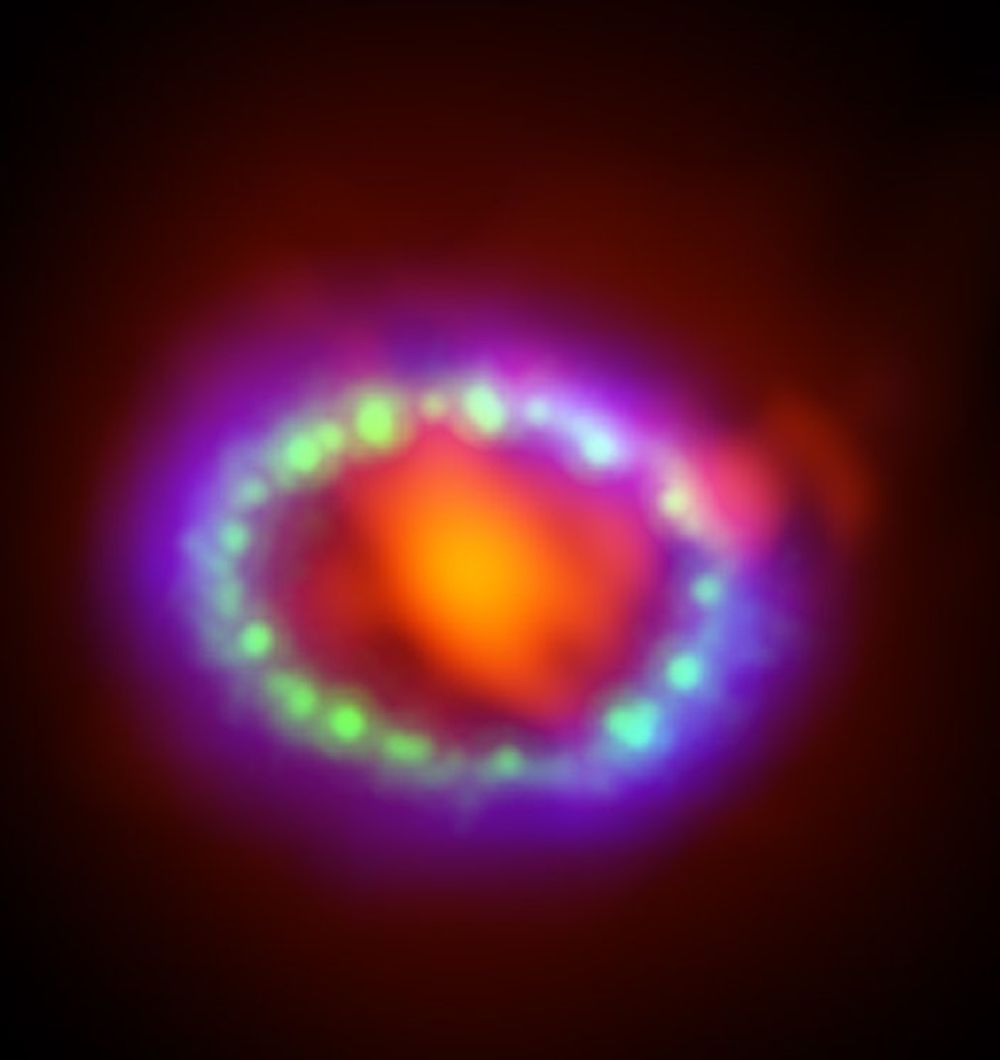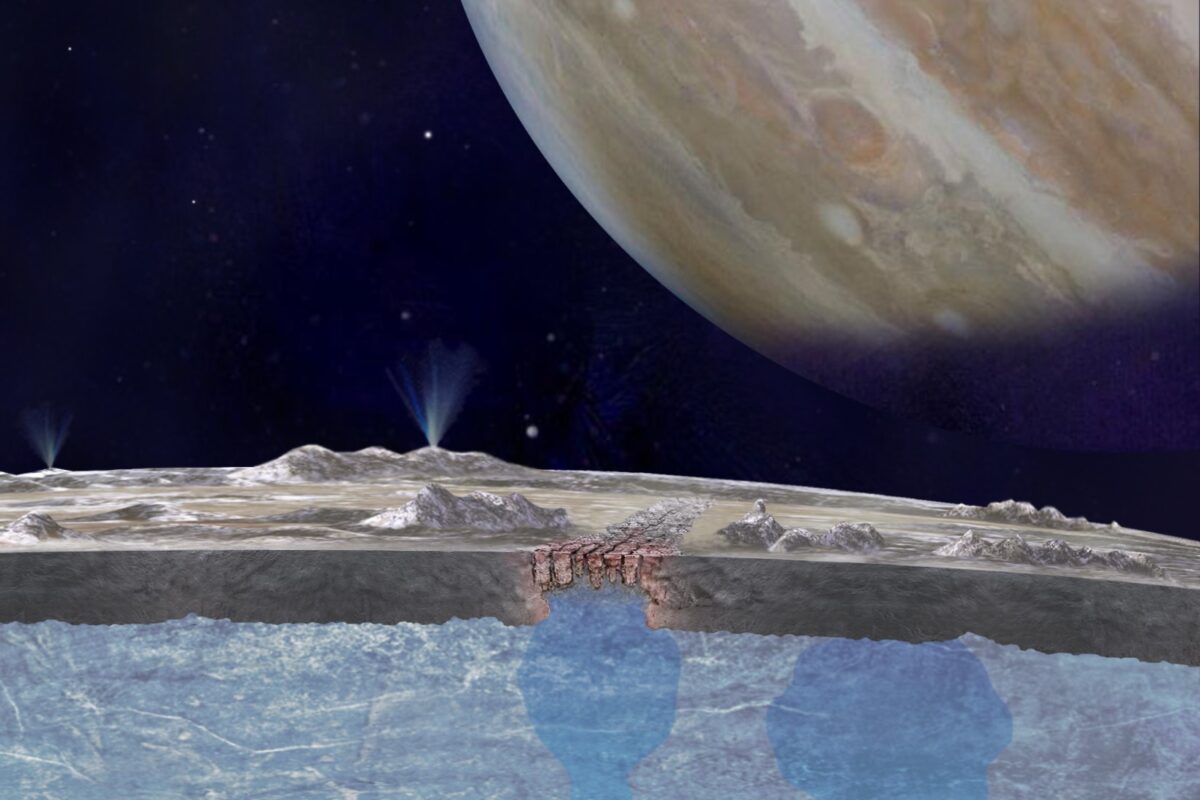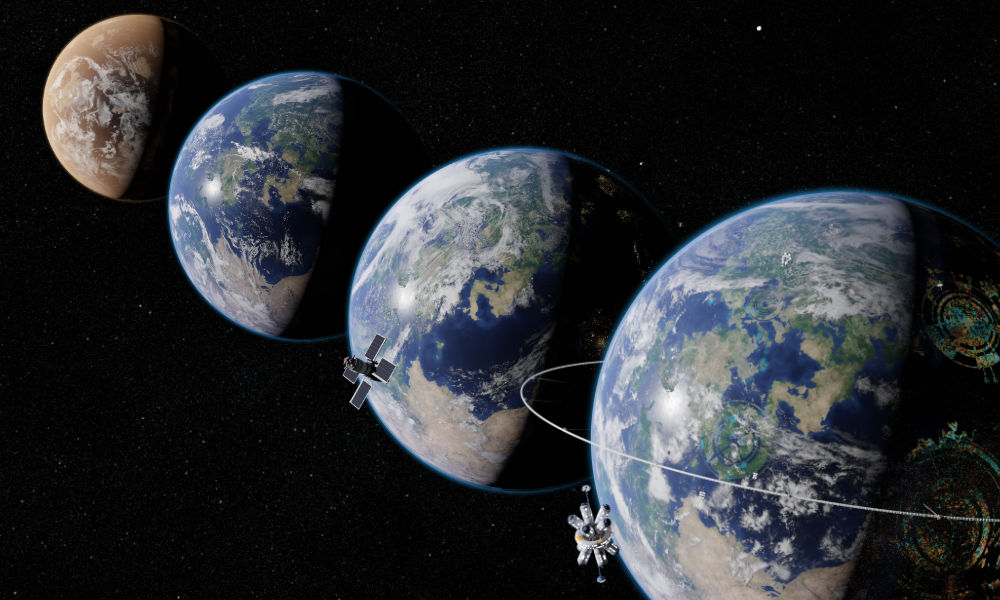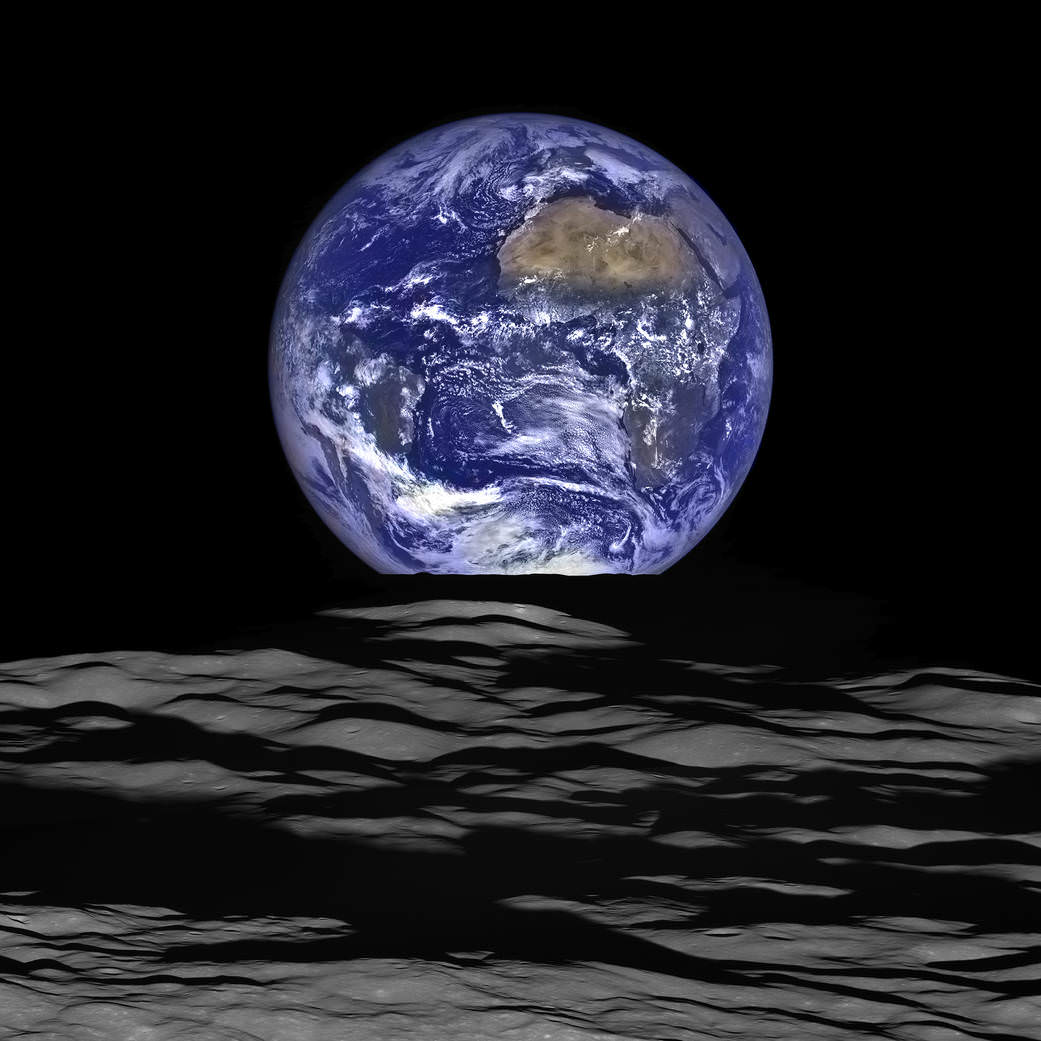The anthropic principle states that the fundamental parameters of the Universe such as the strength of the fundamental forces, have been finely tuned to support life. Whether this is true or not or whether it is even worthy of scientific investigation has been hotly debated. A new paper proposes some ways that this may now be tested and perhaps brings the topic under scientific scrutiny for the first time.
Continue reading “Has the Universe Been Designed to Support Life? Now We Have a Way to Test it!”Has the Universe Been Designed to Support Life? Now We Have a Way to Test it!



